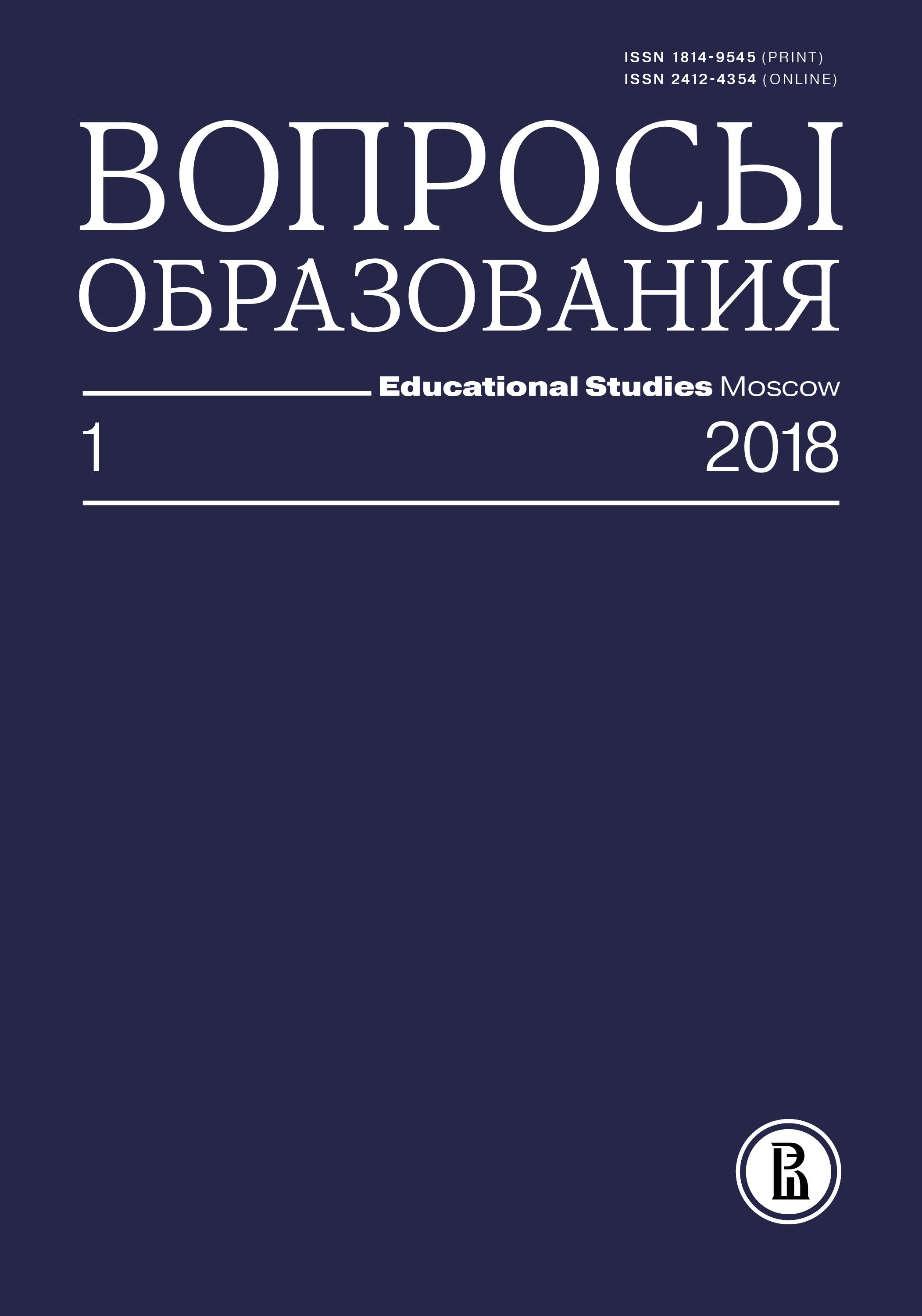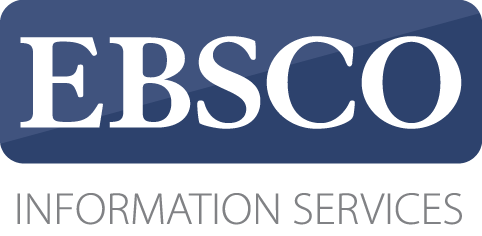Science Education in Russia According to the Results of the TIMSS and PISA International Studies
Abstract
The paper considers features and problems of science education in Russian schools according to how they appeared in the TIMSS and PISA international studies. The main features consist in the decline of student achievement in science when moving from primary school to secondary school and the sharp difference between the results of Russian students demonstrated in TIMSS and PISA. The conclusions are based both on the analysis of the data obtained in the studies (the results of tests, questionnaires of participants, content of tasks) and characteristics of the Federal educational standards and programmes related to science education. The result of the work established the factors influencing the achievements of Russian students in Science at primary, lower and upper secondary school. Namely, the high results by 4th grade pupils in TIMSS is largely due to the high activity of students in acquiring scientific knowledge outside of school. The sharp difference between the results of 8th‑9th grade students in the TIMSS and PISA studies is explained by, on the one hand, the close accordance of the TIMSS framework to the Russian science curricula and, on the other hand, their significant divergence from the PISA framework as the Russian curricula scarcely focused on scientific literacy as a main goal. As one of the factors that explains the decline in the outcomes in physics by 11th-graders in TIMSS Advanced 2015, in comparison with previous cycles, we discuss the increase in the percentage of tasks in the TIMSS test about the physics of the atom and the atomic nucleus, which proved to be more difficult for students. A common feature, which is revealed by studies of TIMSS, PISA and TIMSS-Advanced results from 2015, is that the teaching of science subjects in Russian schools is more focused on acquiring and demonstrating knowledge, but to a lesser extent on their application and the development of scientific practices, such as: formulation of scientific questions, planning research, interpreting data, and constructing scientific evidence. The results of the work propose a modernization of the science education framework in Russian schools, including the introduction of a compulsory subject “Science” in grades 5–6.









